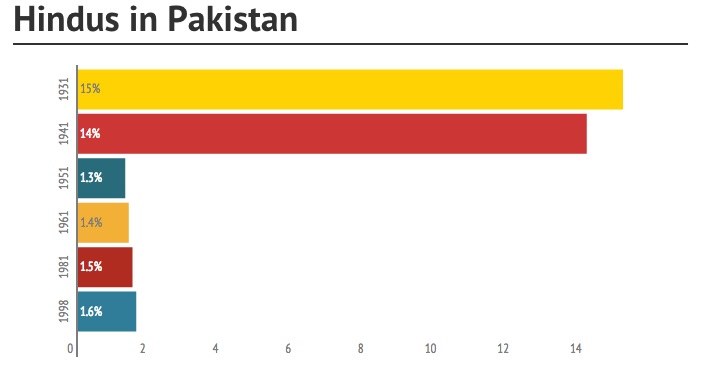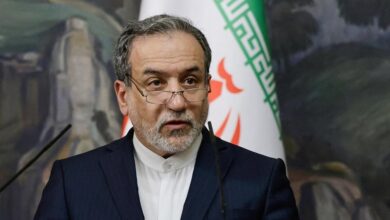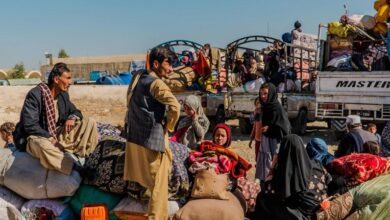Hindu Population in Pakistan Sees Steady Growth Amid Census Revelations

News Mania Desk/Agnibeena Ghosh/20th July 2024
In Pakistan, the Hindu population has shown a noticeable increase, growing from 3.5 million in 2017 to 3.8 million in 2023. This makes Hindus the largest minority community in the predominantly Islamic nation, according to official data from the 2023 census reported by Dawn newspaper. The recent census, released by the Pakistan Bureau of Statistics (PBS), sheds light on various demographic changes over the past six years.
The 7th Population and Housing Census 2023 revealed that Pakistan’s total population reached 240,458,089. Despite this growth, the share of Muslims in the overall population saw a slight decline, dropping from 96.47 percent in 2017 to 96.35 percent in 2023. This minor decrease contrasts with the overall rise in the populations of all major religious minorities.
The Hindu population’s increase from 3.5 million to 3.8 million over six years is significant. However, despite the numerical growth, their percentage of the total population slightly decreased from 1.73 percent in 2017 to 1.61 percent in 2023. This trend suggests that while the Hindu community is growing, the overall population of Pakistan is increasing at a faster rate.
Similarly, the Christian community experienced a substantial rise, with their numbers swelling from 2.6 million to 3.3 million. Unlike the Hindus, the Christians’ share of the total population increased, going from 1.27 percent in 2017 to 1.37 percent in 2023. The Sikh community’s population stands at 15,998, and the Parsi community at 2,348, reflecting the presence of diverse religious groups in Pakistan.
Pakistan’s population growth rate has been steady at 2.55 percent, increasing from 207.68 million in 2017 to 241.49 million in 2023. This rate suggests that the country’s population could double by 2050 if current trends continue. The census data also provided a gender breakdown, showing 124.32 million men compared to 117.15 million women, resulting in a gender ratio of 1.06.
Another notable demographic trend from the census is the decline in the percentage of the divorced population, which dropped from 0.42 percent in 2017 to 0.35 percent in 2023. This decrease could indicate changes in social attitudes and legal frameworks surrounding marriage and divorce in Pakistan.
The increase in the Hindu and Christian populations, despite their relatively small percentages in the total population, underscores the complex and evolving demographic landscape of Pakistan. These changes highlight the country’s religious diversity and the need for inclusive policies that cater to all communities.
The census data’s insights are crucial for policymakers, social scientists, and community leaders as they navigate the challenges and opportunities presented by Pakistan’s growing and diverse population. Ensuring the well-being and integration of minority communities remains a vital aspect of the country’s development agenda.
In conclusion, the 2023 census data offers a detailed snapshot of Pakistan’s demographic shifts, with significant implications for social, economic, and political planning. The growth of the Hindu and Christian populations, alongside the overall increase in the national population, reflects broader trends that will shape Pakistan’s future in the coming decades.






